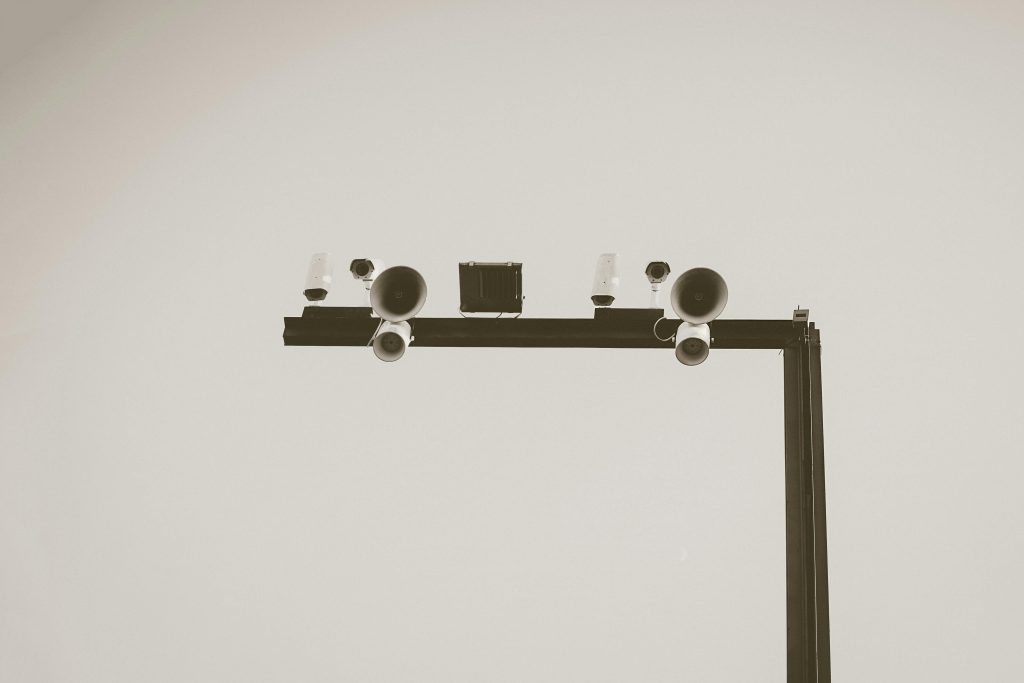If you’ve ever wondered how long surveillance cameras store their recordings, you’re not alone. Whether you’re a homeowner, business owner, or just someone curious about security, understanding footage retention is essential for safety, privacy, and legal reasons.

1. Factors That Determine Footage Retention
The length of time a surveillance camera keeps footage isn’t fixed—it depends on several key factors:
- Storage Capacity: Cameras with larger hard drives or cloud storage can hold more footage, meaning recordings can last longer before being overwritten.
- Video Quality and Resolution: Higher-definition videos take up more storage space. A 4K camera will fill storage faster than a 1080p camera, reducing how long footage is kept.
- Recording Schedule: Continuous 24/7 recording consumes storage quickly, while motion-triggered cameras only record when activity is detected, extending retention time.
- Type of Storage: Local storage (like DVRs or NVRs) versus cloud storage affects retention. Cloud services may limit storage duration unless you pay for expanded plans.
2. Typical Footage Retention Periods
In the U.S., most surveillance cameras store footage for:
- Home Security Cameras: 7–30 days on average, depending on storage. Popular brands like Ring or Arlo usually offer 30-day cloud storage with paid subscriptions.
- Small Business or Retail Cameras: 30–90 days is common, especially in industries like retail or hospitality where incident review is crucial.
- Government or High-Security Systems: Some systems, like traffic cameras or banks, may retain footage for 90 days up to several years, depending on regulations and internal policies.
3. Legal and Privacy Considerations
In the U.S., there isn’t a universal law dictating exactly how long private surveillance footage must be kept. However, businesses may have guidelines:
- Evidence Retention: Footage involved in legal matters may need to be preserved longer.
- Data Privacy: Federal and state laws, like those in California (CCPA), influence how personal data—including video footage—is handled.
4. Tips to Extend Footage Retention
If you need to keep footage longer than your system automatically allows, consider:
- Upgrading Storage: Larger DVRs, NVRs, or high-capacity SD cards can store weeks or months of recordings.
- Cloud Backup: Many providers offer paid cloud plans with extended storage periods.
- Lowering Resolution or Using Motion Detection: Reduce storage usage without losing crucial recordings.
5. How to Access Old Footage
Most modern surveillance systems allow easy access to stored footage:
- Locally Stored Footage: Check your DVR/NVR or SD card; files can often be exported via USB or network.
- Cloud Storage: Log in to the provider’s app or website to download videos. Always check how long the provider keeps data before it’s automatically deleted.
Bottom Line
Surveillance camera footage retention depends on storage, recording settings, and legal requirements. For most home users, 7–30 days is typical, while businesses may retain recordings for up to 90 days or more. Understanding these limits ensures you can retrieve crucial footage when needed and maintain compliance with privacy laws.